Chevy Just Set An Insane EV Range Record—In A Big Truck originally appeared on Autoblog.
No hardware or software changes were required to set a new record
It’s been a record-breaking month for Chevrolet. Already, the company set a new record for American cars at the Nürburgring with the Corvette ZR1 and ZR1X. Its latest record won’t be as exciting for gearheads, as it involves the longest range on a full charge for an EV, but it’s another stellar technical achievement.
300 miles is generally accepted as the psychological mark of a useful EV range, but Lucid far surpassed this by hitting 749 miles in the Air sedan last month—a record at the time. Chevy has now crushed that figure, and even more impressively, it pulled off the feat with a heavy, full-size pickup, not an aerodynamic sedan.
Related: Chevy Reveals Pricing for “Ultimate” ZR1X Corvette, Reveals Limited Special Edition
Over 1,000 Miles On A Full Charge
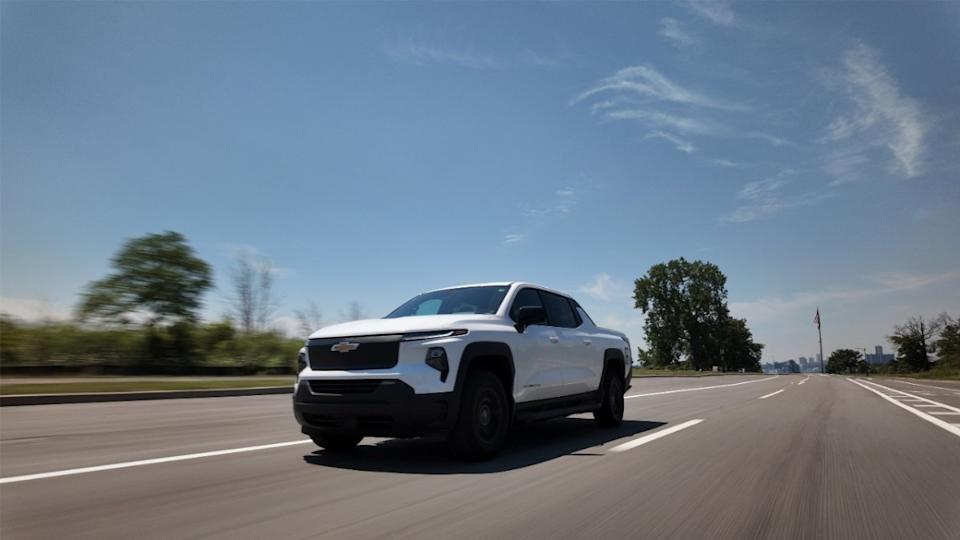
The record-breaking achievement came behind the wheel of a 2026 Chevrolet Silverado EV Max Range Work Truck, which went 1,059.2 miles on a full charge, breaking Lucid’s 749-mile record. This truck is rated by the EPA for a 493 mile range, so how was it able to more than double that figure?
GM says the record attempt began with a casual conversation between GM engineers late last year. They started guessing what sort of range they could achieve if the pickup could be optimized for range and efficiency.
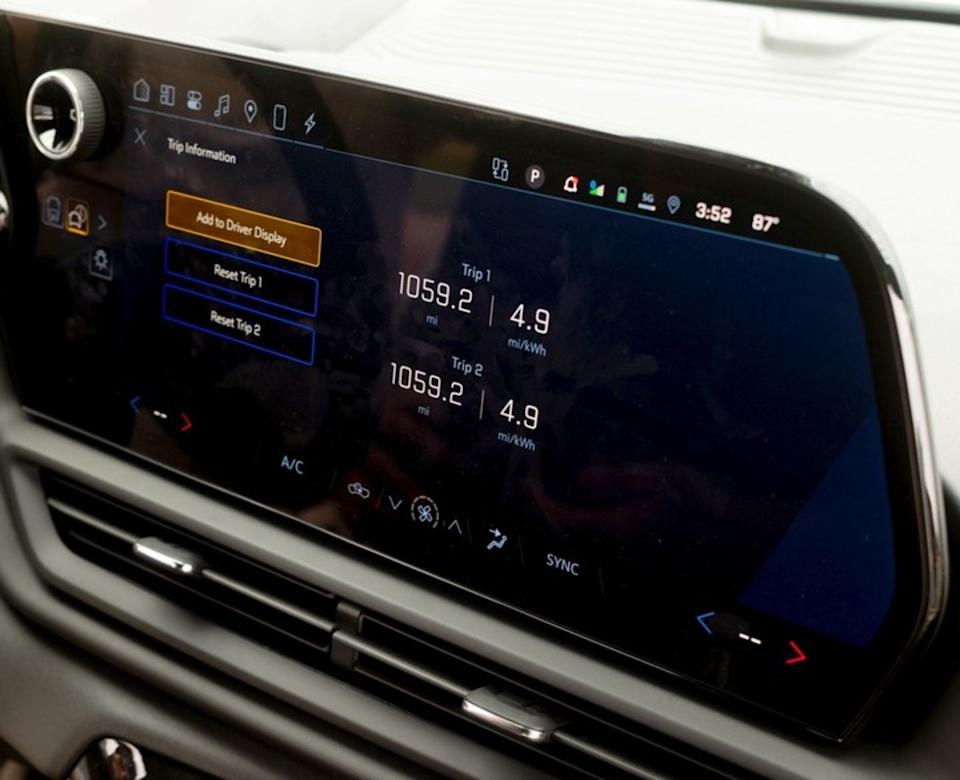
“Getting this kind of range on a full charge doesn’t happen by accident,” said Kurt Kelty, VP, battery, propulsion, and sustainability. “It takes deep integration across battery chemistry, drive unit efficiency, software and vehicle engineering—and that’s exactly what the team delivered. This achievement is a great example of how far our EV technology has come, and the kind of innovation we’re building on every day at GM.”
Related: 2024 Chevrolet Silverado EV First Drive Review: Go to work
Real-World Test Sees Staggering Results
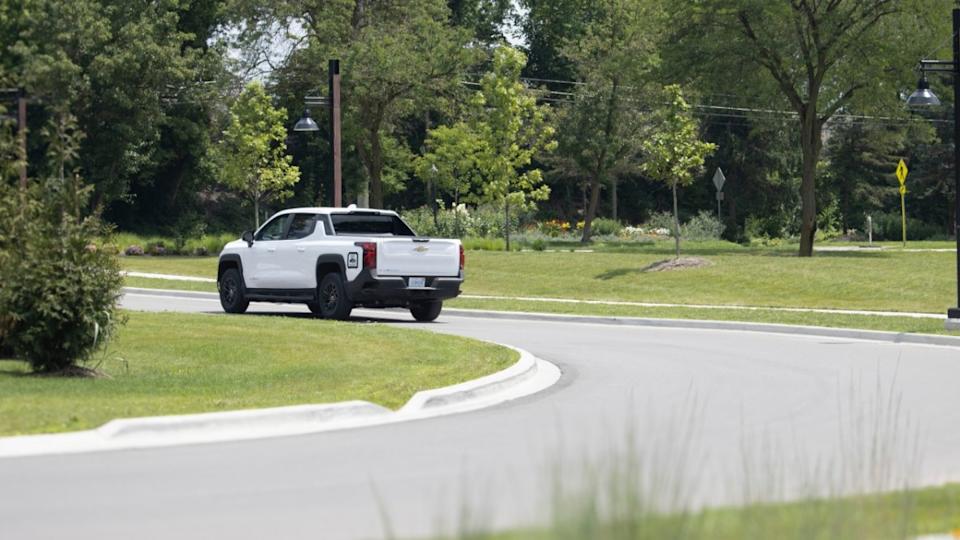
The GM team performed the record-breaking test on public roads in southeastern Michigan, close to GM’s Milford Proving Ground. The team optimized every feasible aspect of the truck, but left the hardware and software as is. While it’s technically possible for owners of the truck to put some of these optimizing measures in place, combining them all will be just about impossible in normal driving. These were the measures taken by the team:
When conditions allowed, drivers averaged 20 to 25 mph, and hard braking was minimized
No passengers were in the truck for most of the test
Windshield wiper arms were set to the lowest possible position, reducing drag
The highest acceptable tire pressure was used, resulting in lower rolling resistance
The wheel alignment was optimized and the spare tire was removed
The climate control wasn’t used at all
For smoother airflow, an accessory tonneau cover was added
The test occurred in warmer summer conditions
None of these measures are particularly groundbreaking, but the cumulative effect clearly made all the difference. The various engineers who drove the truck did so in one-hour shifts, allowing them to incorporate the project into their normal work schedules.

“If we drove it downhill the whole time, sure, we’d get insane mileage,” said Jon Doremus, propulsion calibration engineering manager. “But that’s not what this was about. We wanted this to be real, on public roads.”
The test suggests that by incorporating just a few of these measures, owners of this Chevy pickup should easily be able to squeeze over 500 miles of range from it, a commendable effort.
The EPA rating of the Chevy is already better than all other rivals, including the Rivian R1T, Tesla Cybertruck, and Ford F-150 Lightning.
Related: Every Electric Pickup Truck Ranked By 2025 Sales So Far
Chevy Just Set An Insane EV Range Record—In A Big Truck first appeared on Autoblog on Aug 6, 2025
This story was originally reported by Autoblog on Aug 6, 2025, where it first appeared.

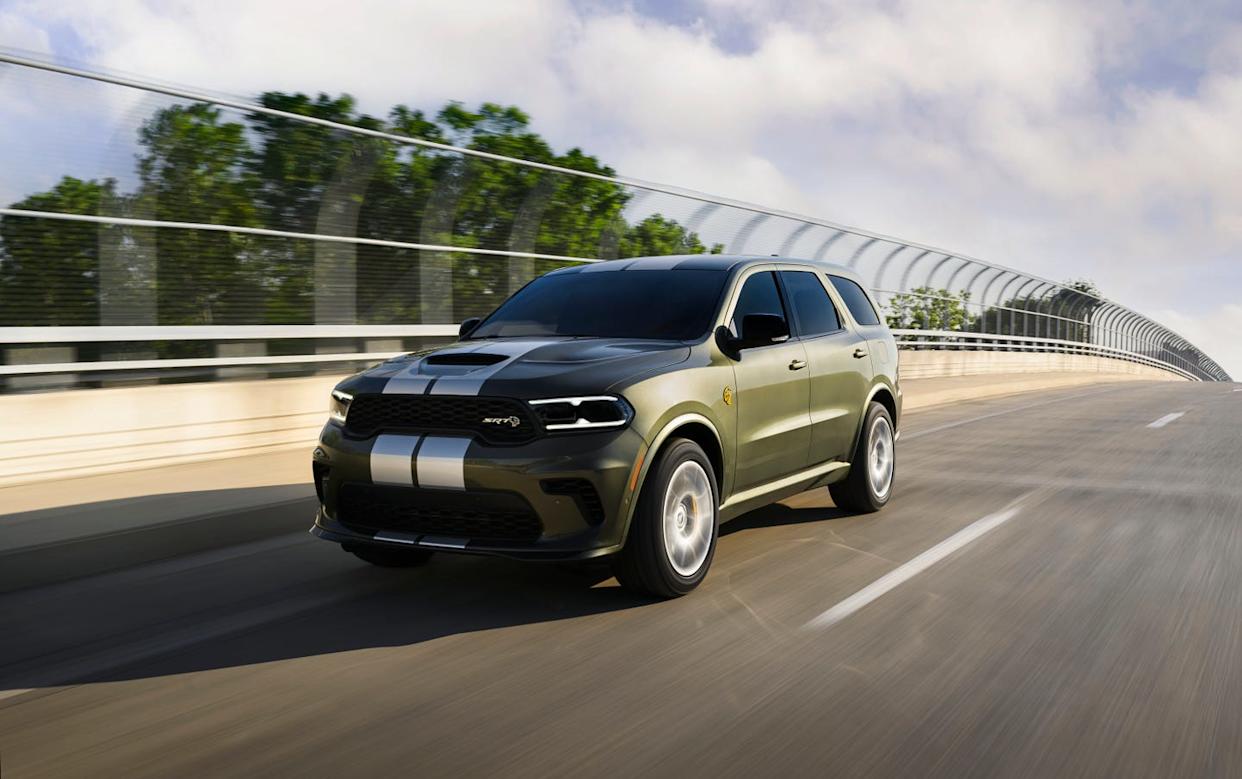

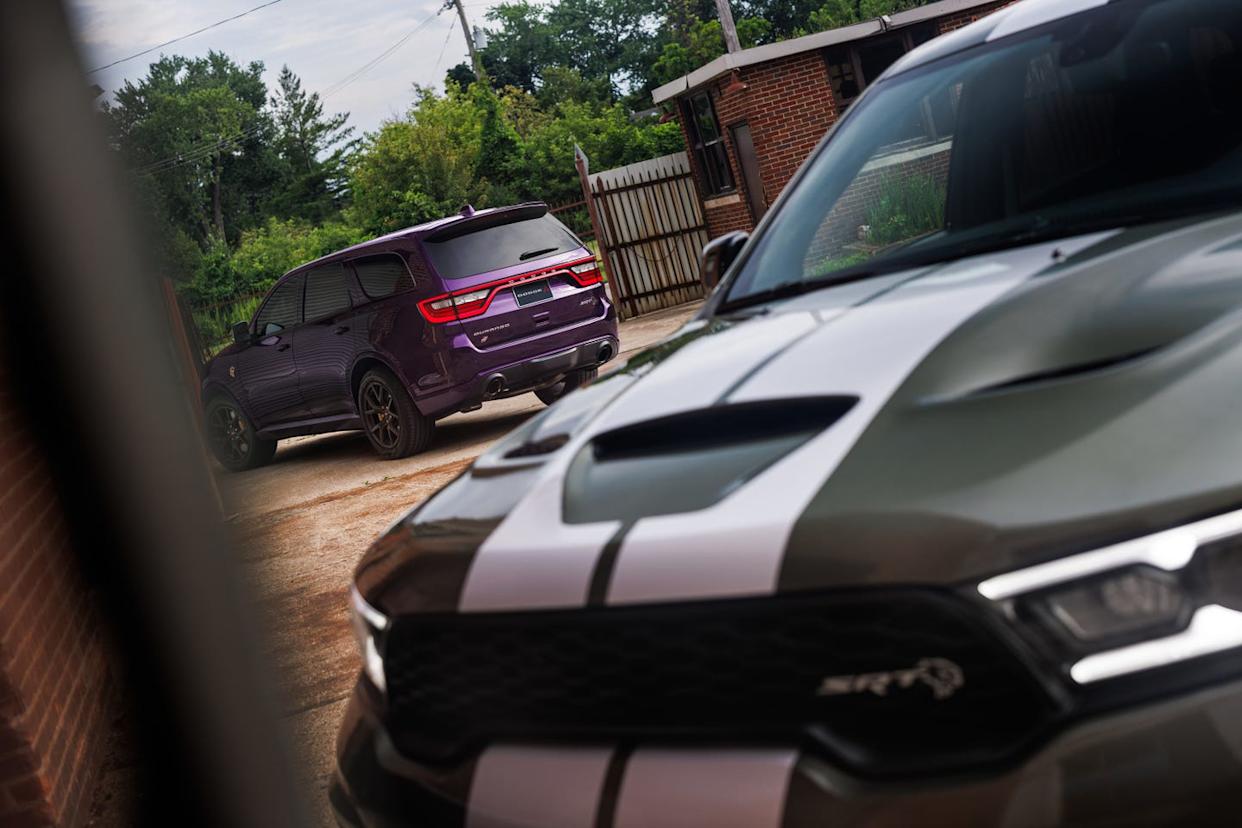
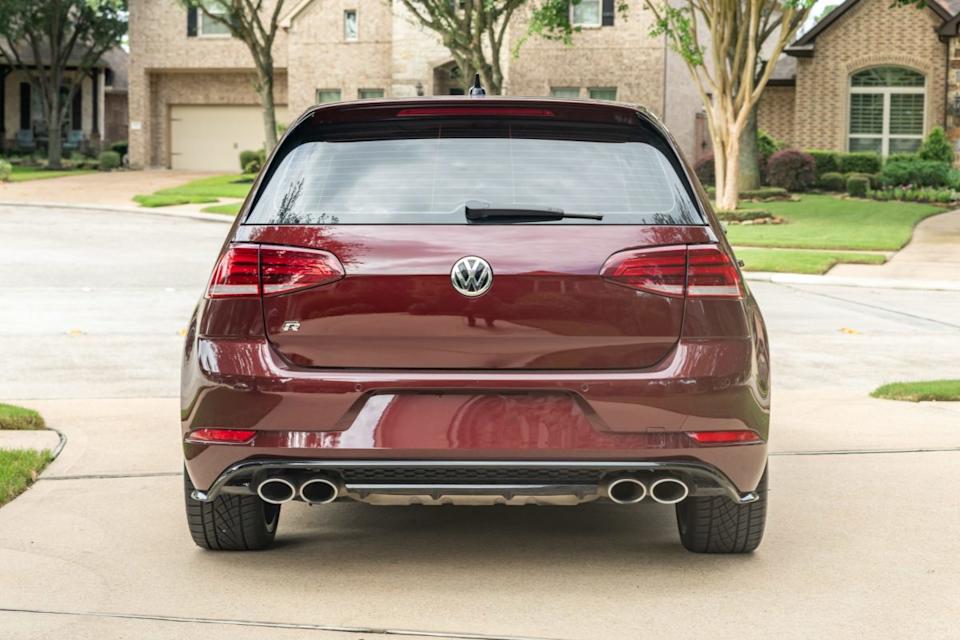


Comments